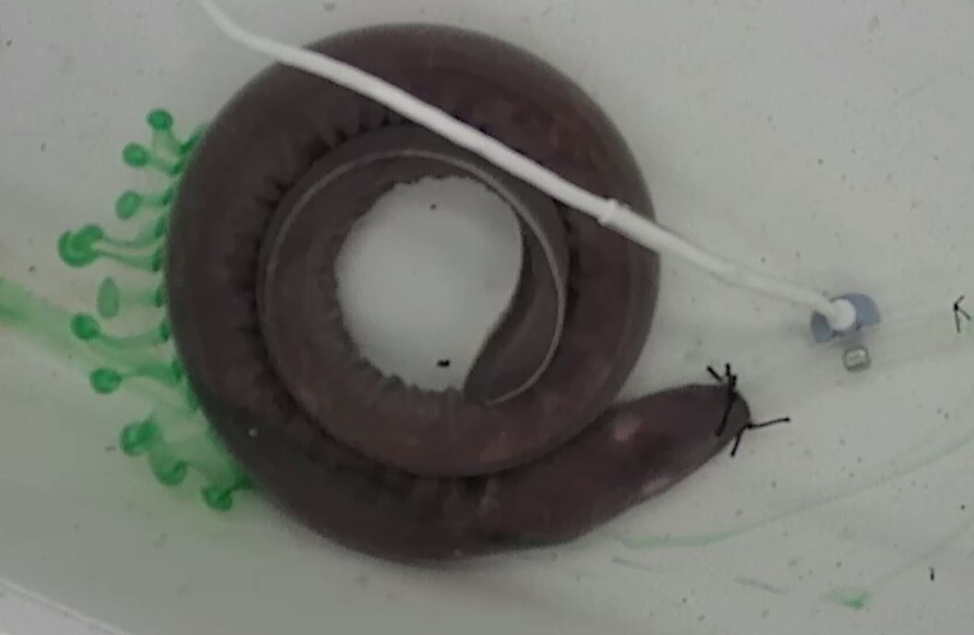
Ammonia is produced by the metabolic breakdown of protein and nucleic acids at about 10-20% of the metabolic rates of the other two respiratory gases, CO2 and O2. As well as a respiratory gas, in higher concentrations it is a potent toxicant. In humans and other mammals, most of the ammonia produced is converted to urea by the liver for detoxification and excretion. It has long been known that the buildup of the ammonia in the blood when the detoxification mechanism fails due to liver disease can be important in stimulating breathing that would otherwise be depressed by hepatic coma. Increased blood ammonia levels during intense activity are also important in maintaining a high level of breathing for exercise. In fish, blood ammonia levels can be much higher as most of it is not converted to other products, and we have known for a few years that ammonia can be important in stimulating breathing following both feeding and exercise. Junho Eom and colleagues decided to look at whether this ammonia sensitivity was also present in the Pacific hagfish, a representative of the oldest extant connection to the ancient vertebrates. These primitive marine animals have been separated from the other lines of vertebrate evolution for over 400 million years, and have a very different breathing mechanism. Their experiments showed that hagfish are indeed sensitive to ammonia, and experimental elevation of blood ammonia levels greatly stimulated their breathing. However, when exposed to elevated ammonia levels in the external seawater, hagfish initially stopped ventilating and held their breath for minutes to hours. They started breathing again only when internal blood levels became critically high. This may be an adaptation to their unusual (and unpleasant!) feeding habit, whereby hagfish immerse their heads into dead marine animals (a high ammonia environment) to rasp off bits of flesh. Clearly ammonia has been important in controlling breathing for a very long time.